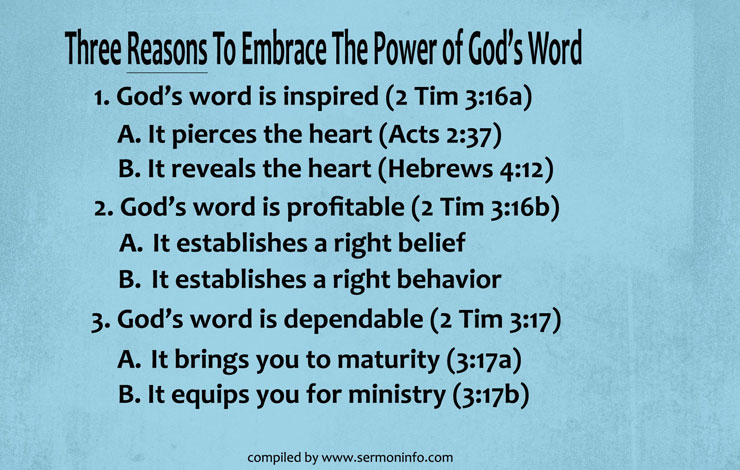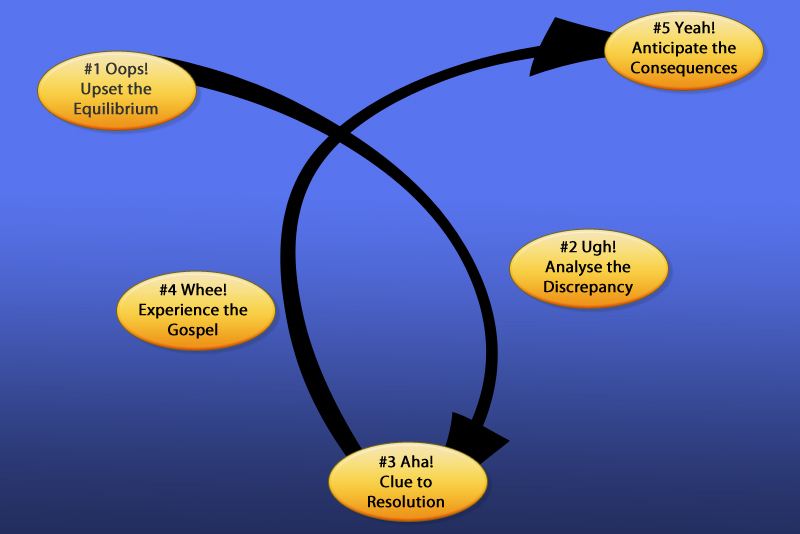Sermon Outlines: The key to writing sermons is the sermon outline. Once you master sermon outlines, you will find writing sermons a pleasure. Sermon outlines provide roadmaps for your sermons. I never write sermons until I complete the sermon outlines.
There are three basic methods for sermon outlines. Once you master these methods, you will write sermons with ease. The three methods are deductive, inductive and a bit of both, that is, you will have both induction and deduction in the same sermon outline.

Sermon Outlines
Knowing the difference between deductive and inductive sermon outlines will help you develop the message you want to present to your congregation. Let’s look at the three different methods of writing and presenting your sermon message.
1. How To Write A Deductive Sermon Outline
The sermon outline is the body of your sermon. It simply outlines the main preaching point, sub-points and incidental points. In other words, it is really your sermon in dot points. It is the skeleton of your sermon.
The deductive sermon outline begins with the main preaching point and it is expanded and explained by the sub-points and incidental points. Above is an example of a deductive sermon outline from 2 Timothy 3:16-17.
There are three reasons to embrace the power of God’s word. They are: 1) God’s word is inspired, God’s word is profitable and God’s word is dependable. Notice the three sub-points are parallel with a natural flow and progression. Notice that the incidental points are parallel with a natural flow and progression. Why is God’s word dependable? It brings you to maturity and it equips you for ministry.
Why Use the Deductive Method of Sermon Outlining? The deductive method is easy to follow, it is logical and sequential, and it has a natural flow and progression.
The deductive method offers ways to structure a message so that you can expand and explain as you present your content to your congregation.
Once you have sketched out your deductive sermon outline with the main preaching point, sub-points and incidental points, you can begin to add content to the sermon outline and illustrations where suitable. Finally, you can write the introduction and conclusion.
2. How To Write An Inductive Sermon Outline
The inductive sermon outline is the reverse of the deductive sermon outline. The inductive sermon outline begins with the incidental points and sub-points leading toward the main preaching point (I have written a post entirely on this subject.)
Inductive sermon outlines are a bit like scenes in a movie. You are given enough information for the story to unravel leading to the solution and conclusion.
I usually outline an inductive sermon according to Lowry’s Loop. Lowry’s Loop provides a good pattern or structure to present an inductive sermon. It has five stages.
- OOPS – This stage involves upsetting the equilibrium
- UGH – This stage involves analysing the discrepancy
- AHA – This stage involves the clue to resolution
- WHEE – This stage involves experiencing the gospel
- YEAH – This stage involves anticipating the consequences
The sermon outline below from 2 Peter 1:1-4 follows the five stages of Lowry’s Loop.
- The world woos you but it’s falling apart (oops)
- The church calls you but it’s crumbling around us too (ugh)
- However, we have the key to turning it around – spiritual growth [1:2] (aha)
- You see spiritual growth requires a faith relationship [1:3-4] (whee)
- It involves a path of faith
- It involves a provision of power
- It involves a promise of enablement
- Let’s grow spiritually and make difference for the Lord (Yeah)

Let me explain how I delivered this inductive sermon following the stages of Lowry’s Loop.
I began by talking about how the world seeks to woo us but in reality the world has little to offer because it’s falling apart – terrorism, violence, immorality, etc. etc. I wanted to create tension between what the world seems to offer and what the world really offers. That’s scene one. Then I moved on to scene two where the church is calling us but it seems to be crumbling around us too – standard are falling, immorality is rampant and sin is swept under the carpet, etc. etc. In scene two I wanted to continue that tension. However, in scene three I wanted to draw the audiences attention to the fact that it seems all bad news but we have a resolution in that we have the key to turn it around – spiritual growth. I continue to explain why spiritual growth is important to turn things around, which then leads to scene four – spiritual growth is not automatic. It involves a path of faith, a provision of power and a promise of enablement. Of course, this leads to the challenge of growing spiritually so that we can make a difference for the Lord (scene five).
As I said before, an inductive sermon outline is much like scenes in a movie. Each scene provides enough information for the story to unfold leading to a resolution and a conclusion.
Why Use Inductive Sermon Outlines? There are two reasons for using inductive sermon outlines. First, it provides a structure to capture the listener’s attention and take them on journey to what you want to teach them. Second, it provides a structure to teach the narratives in Scripture. Narratives tell a story and the inductive structure lends itself to tell the story, scene by scene.
3. How To Write Sermon Outlines With a Bit of Both
In the inductive sermon outline above, I use both induction and deduction. I find in most inductive sermon outlines that there are always deductive parts where you expand and explain a point you want to make. In the inductive sermon outline above, I expanded and explained why spiritual growth requires a faith relationship.
If you want to learn more about inductive and deductive sermon outlines, check out the resources below.
Resources for Sermon Outlines
Biblical Preaching by Haddon Robinson
Christ-Centered Preaching by Bryan Chapell
How To Preach Without Notes by Charles Koller
How To Prepare Bible Messages by James Braga
The Homiletical Plot by Eugene Lowry